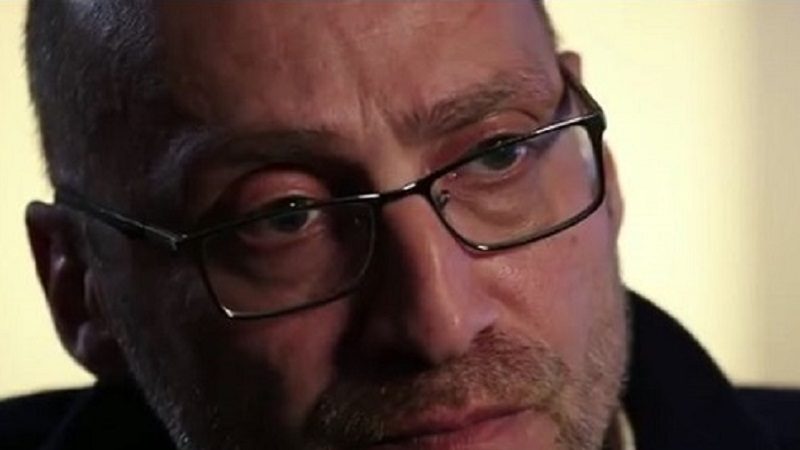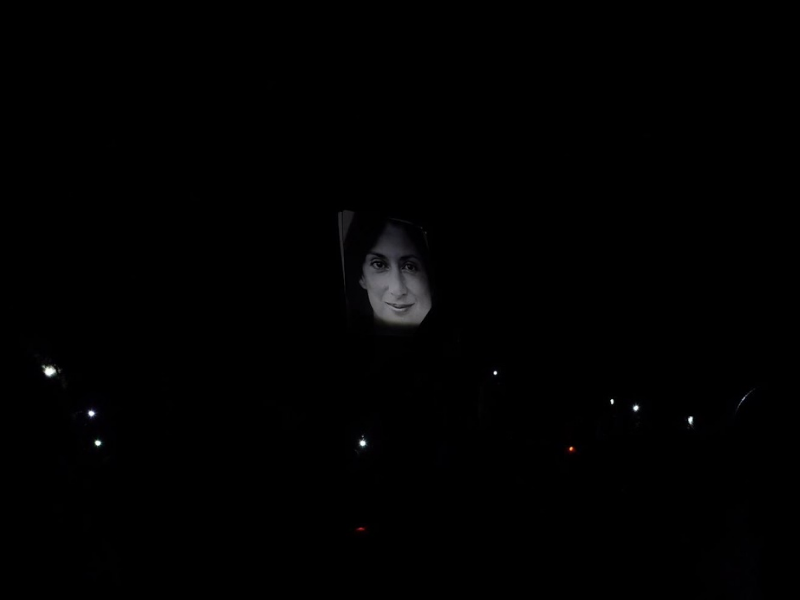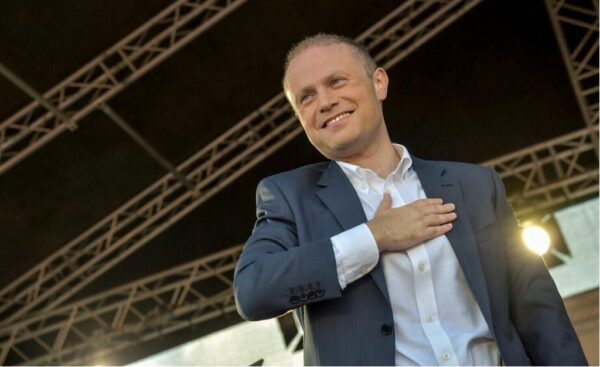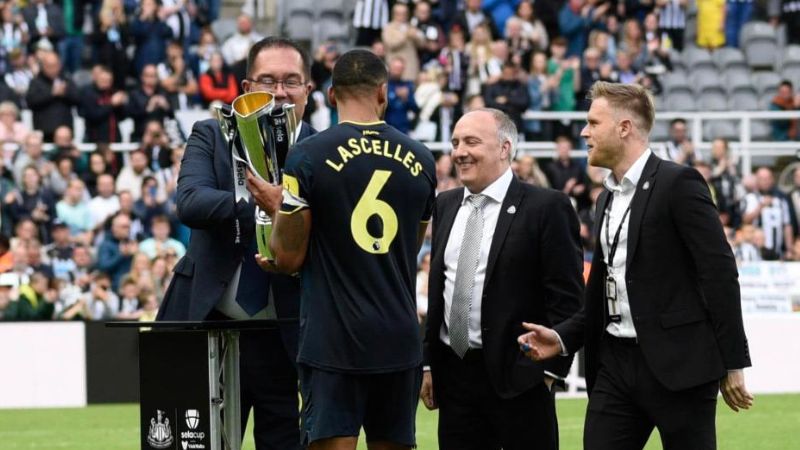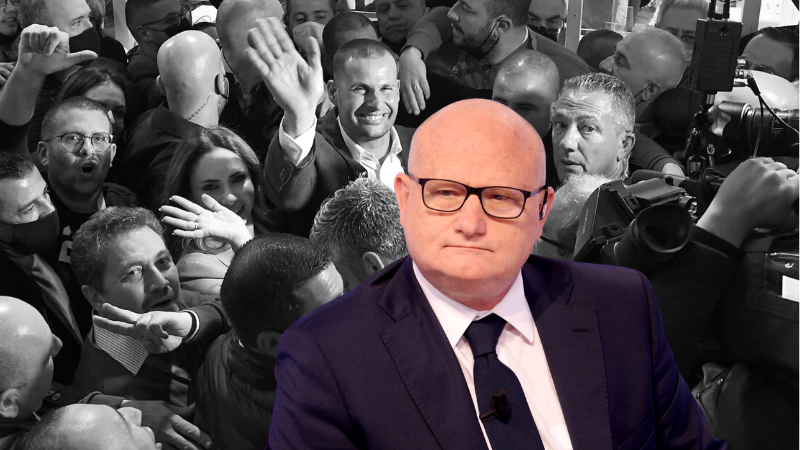Former Financial Intelligence Analysis Unit investigator Jonathan Ferris today told the inquiry board that the blog posts of murdered journalist Daphne Caruana Galizia would not only be frequently used as a source of information, but the information would sometimes be included as part of their reports.
“That is what substance they had,” he said during his testimony in the public inquiry into her assassination in 2017 as the board is tasked with investigating whether her death could have been prevented.
In a two-hour long testimony, Ferris mainly spoke about a 130-page report that had looked into former minister Konrad Mizzi’s financial structures. Asked to list names of Politically Exposed Persons mentioned in the report, Ferris listed Konrad Mizzi, Nexia BT’s Karl Cini and Brian Tonna, Mossack Fonseca, Willerby Trust, and Torbridge. He spoke about a seeming reluctance from his superiors, such as current FIAU Director Kenneth Farrugia, when it came to taking action on the report.
Ferris said the FIAU had decided that they would go directly to the police to file a report when there was an information leak. However, when local media published reports on the LNG tanker, Farrugia did not answer any of Ferris’ 13 calls and told him that he was given different instructions.
The analyst who compiled the report also noted that Mizzi had signed powers of attorney that were then used by other persons to attempt to open bank accounts in Panama, Miami, Dubai, and the Bahamas, however, they had not been successful. Mizzi had also offered a large sum of money – €4,000 – to the banks to open the accounts in the jurisdictions. This was before the Panama Papers scandal broke.
Speaking about his role at the FIAU, Ferris says that he “started with trouble from the beginning”, recalling that there was one common password for everyone in the FIAU, which “gave him a big fright”.
Ferris also spoke about feeling like he was being somewhat watched; having his offices searched and being followed by police cars. He said that he started to get paranoid.
Ferris said that a lack of resources was one of the main reasons for him leaving his post at the Economic Crimes Unit in the police force and moving to the FIAU. The shortage of resources has been a concern brought up in many of the public inquiry sittings so far. Last week, former FIAU Director Manfred Galdes also said that the lack of officers within police was one of the reasons why investigations were “ineffective”, and that “there were not enough resources for complex financial crimes”.
16.03: Ferris ends his testimony. The board of inquiry will continue on Monday.
16.02: Ferris is asked by the board whether he ever thought that Caruana Galizia’s life was at risk, given the information she was exposing. He says it was not something he went into and did not fall under the remit of the economic crimes.
Asked about the validity of Caruana Galizia’s work, Ferris recalls a time when he was instructed to include a part of her blog in a report – “that is what substance it had,” he said.
15.57: Asked whether John Dalli would ever mention Caruana Galizia, Ferris said: “he was obsessed”.
15.56: In the Egrant inquiry, Magistrate Bugeja had summoned Ferris to testify about the LNG tanker. Ferris says he was told by Inspector Rennie Stivala to take only the last four pages of the report, despite it being some 10 pages long.
15.50: Ferris says he started to worry that his offices were being searched and that police cars were following him. He says that he started becoming paranoid.
15.44: Ferris says that Mizzi had signed powers of attorney that were used by other persons in an attempt to open bank accounts in Panama, Miami, Dubai, and the Bahamas, however, they had not been successful. Mizzi had also offered a large sum of money – €4,000 – to the banks to open the accounts in the jurisdictions. Lawyer Andrew Borg Cardona laughs and points out that “usually you get a bank account for free”.
15.42: The analyst had also highlighted a one cent (€0.01) transaction by Mizzi as well as the reluctance of banks to open accounts for Mizzi since he was a PEP. The report also shows 17 trips to China by Mizzi. This was before the Panama Papers expose.
15.40: Caruana Galizia’s lawyers ask Ferris to mention who was mentioned in the report. He lists Konrad Mizzi, Nexia BT’s Karl Cini and Brian Tonna, Mossack Fonseca, Willerby Trust and Torbridge.
15.38: He goes on to speak about the report on Konrad Mizzi, which was 130 pages long and drawn up by an analyst. Ferris read it and put together a summary. Together with other FIAU officials including current FIAU Director Kenneth Farrugia and Alfred Zammit, they decided to discuss the report in a week’s time. However, when the day arrived, Ferris was the only one who had read the report. He says that they previously had decided that if there was a leak of information they would go directly to the police to file a report. However, when local media had published reports about the LNG tanker, Kenneth Farrugia did not answer Ferris’ “multiple calls”. He said that he was given different instructions.
15.30: Ferris recalls a specific day, 29 April 2017, which was significant to him as he was told not to go to his office, despite needing to check his emails. He says that, on that day, he received a Whatsapp message from FIAU Deputy Director Alfred Zammit telling him not to go to the office because of a “sensitive meeting” that was taking place there. Ferris didn’t go.
15.24: Asked about his relationship with Caruana Galizia, Ferris says that he had never met her but she once called him to ask him about the arrest of Efimova. “From her tone, I knew it was her when she introduced herself as Daphne,” he recalls. The two spent 45 minutes on the phone, with Caruana Galizia insisting that he hadn’t worked well regarding Efimova’s arrest.
A few days later she called him and apologised for starting on the wrong foot. “No hard feelings, let’s start afresh,” she had told him. “We as the FIAU used her blog as an open-source, she never passed on information to us,” he says.
15.17: In November 2016, two days after he started working, there was a report on Adrian Hillman and former chief of staff Keith Schembri about some kickbacks, which was given to him to sign, he recalls.
“FIAU works on reasonable suspicion,” he says.
15.15: He clarifies that he was the manager of the unit while the analysts were those directly involved in the investigation. Lawyer Therese Comodoni Cachia asks him whether he asked about or took part in a review about Pilatus Bank or any politically exposed people (PEPs). He says that, in March 2017, there was a report on former minister Konrad Mizzi’s financial structures in Panama compiled by one of the analysts.
15.11: Ferris started working with the FIAU in November 2016. On 21 April 2017, he was handed a report after Caruana Galizia published her post about the €1 million transaction. He adds that he knew of the Pilatus bank breaches through conversations held with former bank owner Ali Sadr and learned about the clean bill of health in conversations with the FIAU director. He says that he expressed his opinion to his colleagues, saying “they were reducing everything we investigated before to a pile of rubble”.
15.06: In August 2016, Abdilla gave him a report about former Pilatus Bank employee and Egrant whistleblower Maria Efimova. Ferris says the report was about allegations of misappropriation of a few thousand euro. This was the first time he had heard about Pilatus Bank.
14.53: Speaking about his role at the FIAU, Ferris says that he “started with trouble from the beginning”, recalling that there was one common password for everyone in the FIAU, which “gave him a big fright”.
14.51: Asked whether he left the police force or whether he was fired, Ferris says things weren’t going well. He mentions a lack of resources. “For example, all I in my office were two policemen and one didn’t drive, so I had to look around for a driver,” he says.
He then spoke to head of the FIAU, Manfred Galdes, a childhood friend, about the situation at the police force and Galdes then offered him a job. He was then asked to send a CV to the FIAU.
14.44: Ferris was then asked about an email thread with then Home Affairs Minister Carmelo Abela’s secretary, who was demanding information about an ongoing investigation. Ferris says that he refused to give this information. Another person emailed Ferris back in full caps, saying: “THE MINISTER IS ASKING FOR INFORMATION, NOT SOME MR BORG”. Ferris says he was then contacted by police inspector Ian Abdilla via email who told him to give them the information. He had replied to the request by saying that the data protection act prohibited him from doing so and information on the investigation isn’t privy to “everybody, including the minister.”
14.37: Asked by Azzopardi about his knowledge on Egrant, Ferris repeats a conversation he had with John Dalli, where Dalli allegedly said that Egrant belongs to the Labour Party and was short for ‘Election Grant’. Ferris says that, at that time, Dalli’s statement “didn’t really hold any particular weight”.
14.31: Speaking about his work with the police, Ferris recalls how he was handed over the files of inspector Angelo Gafa. “Gafa had the biggest investigations, such as the fuel smuggling, and the one looking into former EU Commissioner John Dalli who was involved in a snus scandal,” he says. At that time, Peter Paul Zammit was police commissioner. Caruana Galizia family lawyer Jason Azzopardi notes that Peter Paul Zammit’s wife is the first cousin of John Dalli.
14.24: Ferris speaks about the €1 million transaction which was also mentioned by Daphne Caruana Galizia, however, the board tells him that they are more interested in other subjects, such as how the institutions work.
Asked whether he has already mentioned the information about the transaction to Magistrate Aaron Bugeja, Ferris says yes, however, adds that there were some errors in the transcription of the Egrant testimony with regards to his exact role.
14.20: “In April 2017, I went to the office of the FIAU Director Kenneth Farrugia, where we were investigating and brainstorming about Pilatus Bank. We were there late at night. I was asked to write up a list of questions to ask Pilatus Bank”, Ferris tells the board of inquiry.
14.15: The board downloaded the testimony Ferris gave to Magistrate Aaron Bugeja in the Egrant inquiry and will start questioning him on that. The board formally ordered Ferris to answer the questions linked with his role in the FIAU and the Economic Crimes Unit.
Ferris was dismissed from a new post at the anti-money laundering agency a few days after the election in May 2017, and merely days following the Egrant allegations published by Caruana Galizia. Ferris has said that the termination of his employment was illegal and came about through ministerial interference.
The FIAU had argued that Ferris had a conflict of interest, having once arrested Russian whistleblower Maria Efimova after her former employer Pilatus Bank filed a criminal complaint against her.
In the most recent sitting on Monday, former Malta Financial Services Authority Joe Bannister distanced himself from the responsibility of having had to take action on Pilatus Bank. Testifying in the public inquiry, he said it was the responsibility of the supervisory council to revoke the licence of banks, which worked autonomously from the board.

